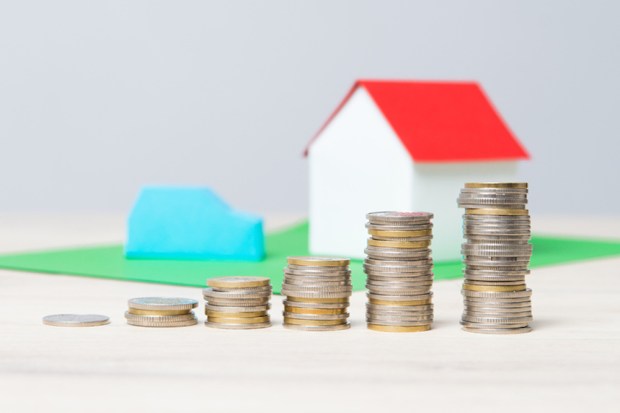US Consumer Debt — Ten Years Later

The economic world before the Great Recession and the world ten years hence are similar-looking — but in many ways fundamentally different — places. And if one is looking for places where that shift can be seen most acutely, it’s the consumer’s relationship to credit and household debt.
“There was a huge deleveraging after the recession — and it’s basically taken a decade to recover, and for consumer credit card debt to get back over a trillion dollars,” Michael Schwartz, Executive Vice President, Chief Strategy Officer, Unifund Group, told PYMNTS in a recent discussion about what’s next for the economy, particularly when it comes to consumer borrowing.
“Now it’s up there with student loans and mortgages.”
And right up there it is.
The New York Fed’s latest report on household debt tells a very sharp story about the U.S. consumer’s relationship with debt. Consumers in the U.S. have racked up more debt than ever — $12.73 trillion as of the end of Q1 2017, nudging past the $12.68 trillion back in Q3 2008.
Credit card debt accounts for roughly one trillion of that number.
“Where did the growth [in credit card debt] come from?” Schwartz asked rhetorically. “Is it because card companies reached further down-market to pull more near- and sub-prime credit users into the market? Or are we seeing more growth from the more affluent consumers who have higher [credit] scores and the ability to spend more?”
Answering that question, he noted, is quite complicated ten years after the recession, because the answer is actually both — and it depends on what tranches of borrowers one looks at. The reality he said, is that wage growth has been stagnant for five years for a large segment of the working populace — and that using cards is the result of the simple fact that people have to use them to cover their basic living expenses.
“People have been using credit just to live their lives,” Schwartz said. “They aren’t putting $10,000 on their cards to take a fancy vacation — people have living expenses, and that is what is getting put on cards. I think we have seen a lot of that happen.”
The “Fall” of Subprime Lending
In 2007 — just before the economic crack-up — sub-prime credit lending was worth $115 billion. Today — ten years later — subprime credit card debt is roughly $18 billion.
Some of that, Schwartz noted, is necessary contraction. Assigning blame though, he noted, is tough. Was it banks chasing profits they shouldn’t have by allowing consumers to over-leverage themselves — or did consumers let their eyes get bigger than their bank accounts and spend way beyond their means when they knew better?
Those questions are harder ones to answer, he noted, because sub-prime lending is an extremely complicated arena – that became more so in the post-2007 period when it also got more crowded.
“[At Unifund], we found working with paper that was originated from sub-prime borrowers was tough — and very different from borrowers who started as prime or near-prime and had a bad life experience and charged off. Oftentimes, it was a strategic default to help them get back on their feet — from borrowers who have the prospect of becoming more responsible users of credit again.”
But Schwartz observed that when one looks at the vanishing sub-prime credit market, it is not necessarily the case to assume that $100 million in debt just disappeared — or that consumers radically changed their spending habits.
“Some of that $100 billion difference likely had to go somewhere,” he noted, “perhaps to non-bank lenders.”
A Better Path
But, overall, Schwartz said, the credit picture for most Americans is a good one. Consumers spend less of their income servicing their household debt, roughly 80 percent of income today versus nearly 100 percent a decade ago. Consumers have also changed their attitudes about using credit, he noted — and a stronger economy and more jobs means that more people are using credit less just to get by.
“I think the most consumers today are in a better position to take on and manage their debt, which is a good thing.”
